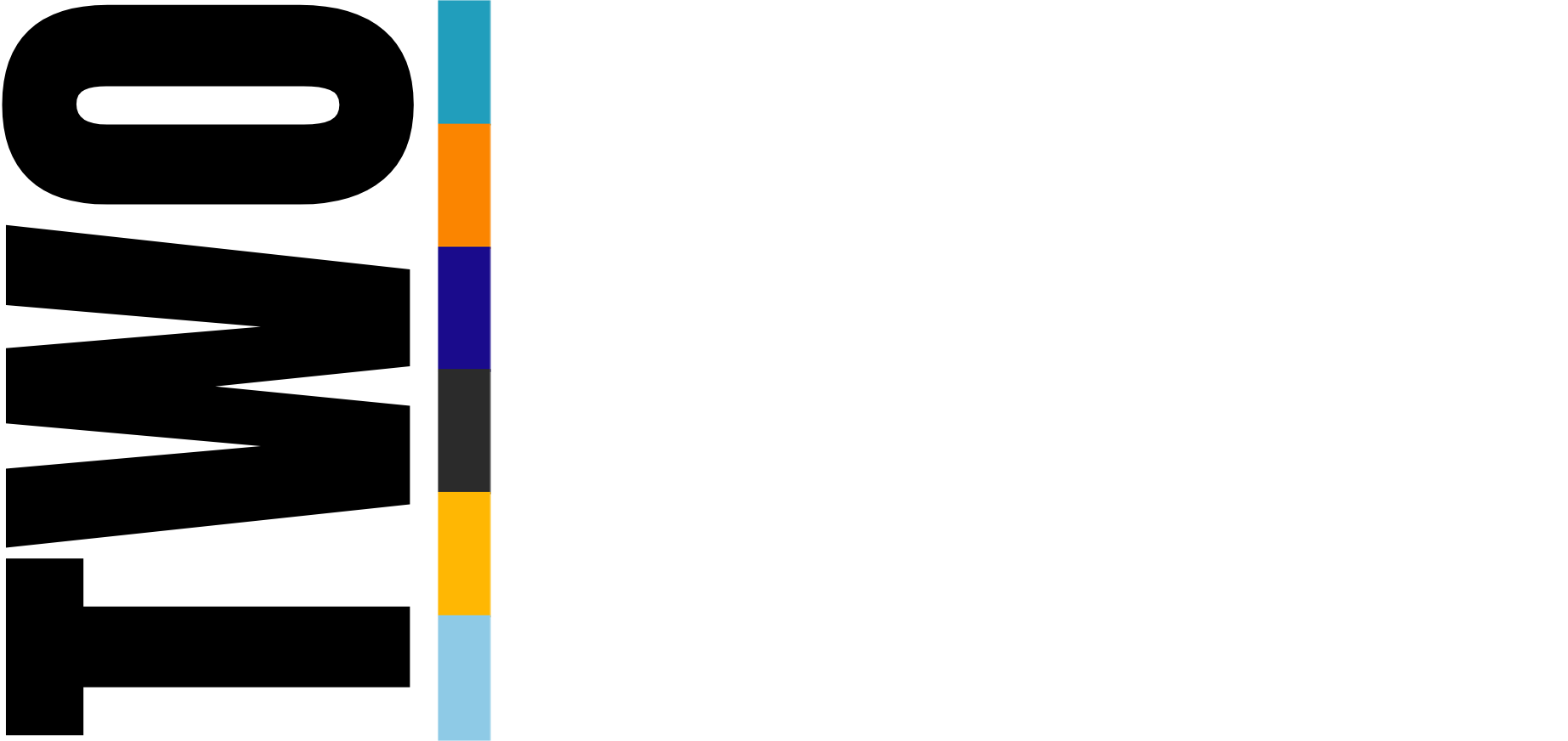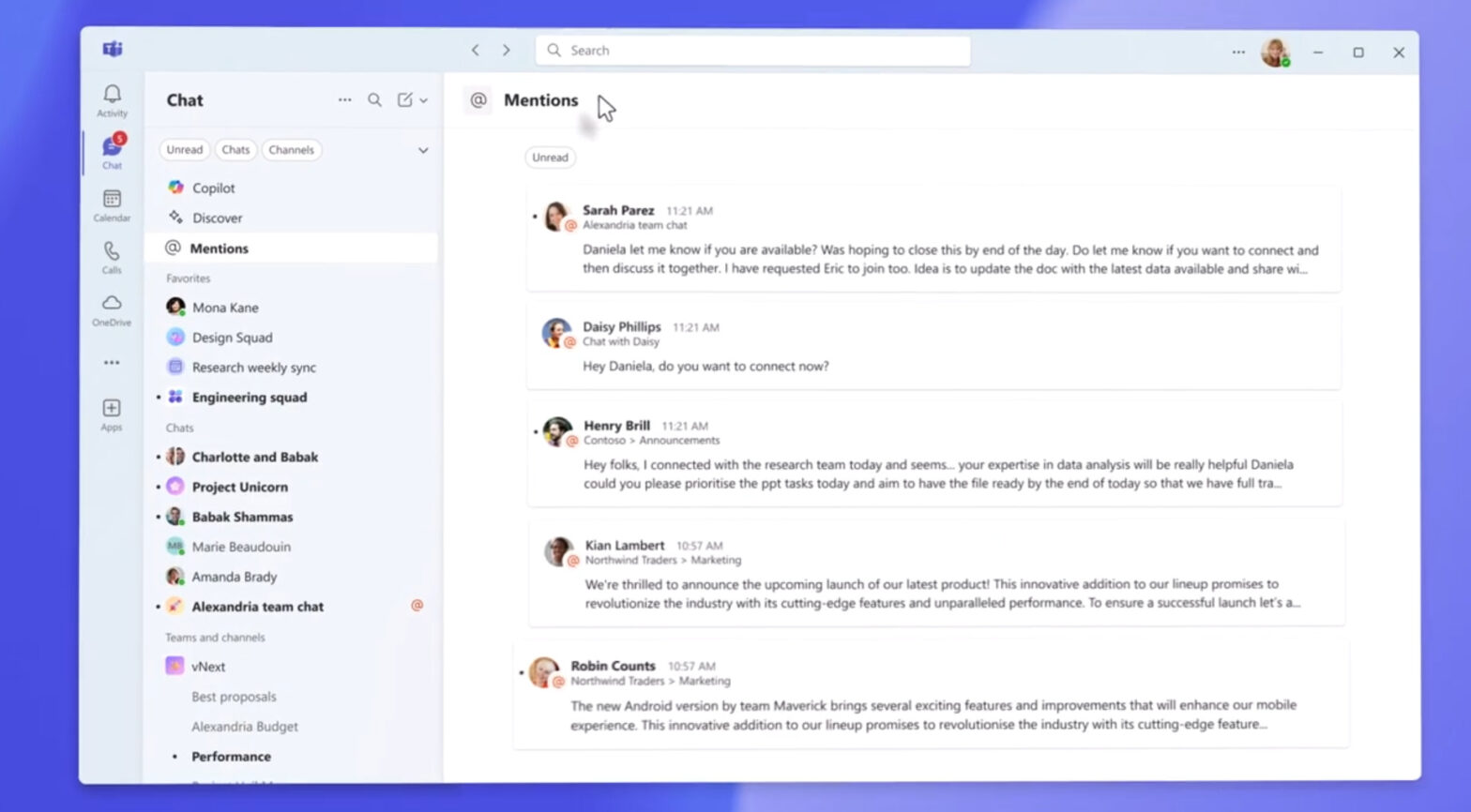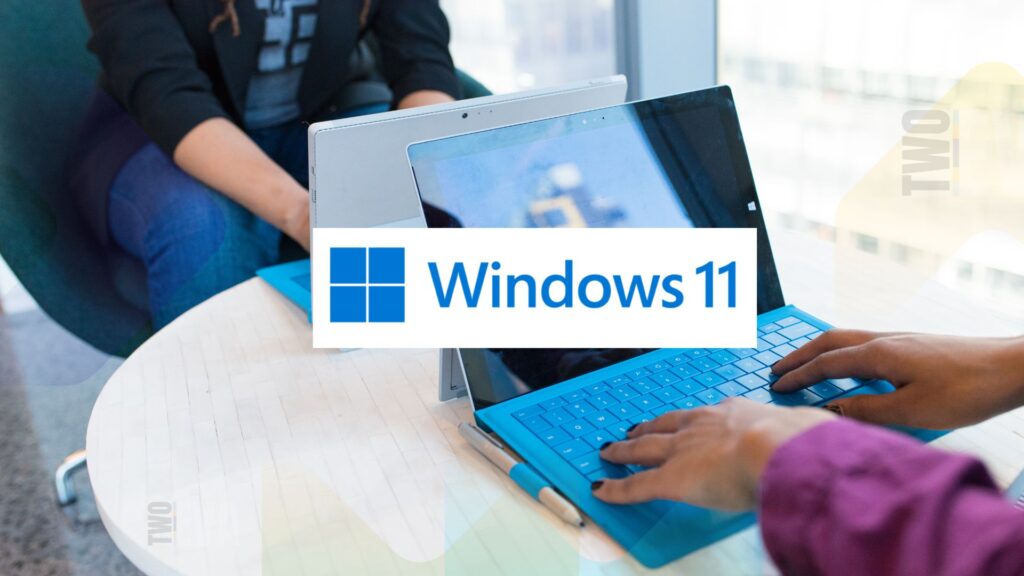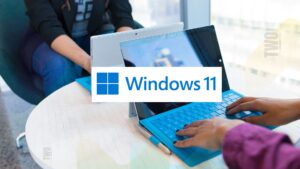To redefine the collaboration landscape, Microsoft recently announced significant updates to Microsoft Teams, unveiling new features like threaded conversations and a combined chat interface. These updates aim to streamline the user experience, bringing Teams a step closer to becoming a one-stop collaboration tool—and positioning it directly against its long-standing competitor, Slack.
Threads and Combined Chats: A Game Changer?
Microsoft’s newest addition, threaded conversations, lets users create organized discussions within Teams’ channels, similar to Slack’s threaded functionality. Though the much-anticipated threaded conversations won’t roll out until mid-2025, Microsoft is already making waves with a public preview of a combined UI that merges chats and channels into a single, simplified view. Jeff Teper, Microsoft’s president of collaborative apps and platforms, expressed that the changes aim to “simplify your digital workspace by bringing chats, teams, and channels into one place”.
This streamlined interface removes the need to toggle between separate chats and channels, a long-time complaint among Teams users. Instead, users can configure their chat layout to keep these sections separate or integrate them into customizable areas, effectively bringing an end to scattered conversations and enhancing collaborative workflows.
Feature-by-Feature Comparison: Microsoft Teams vs. Slack
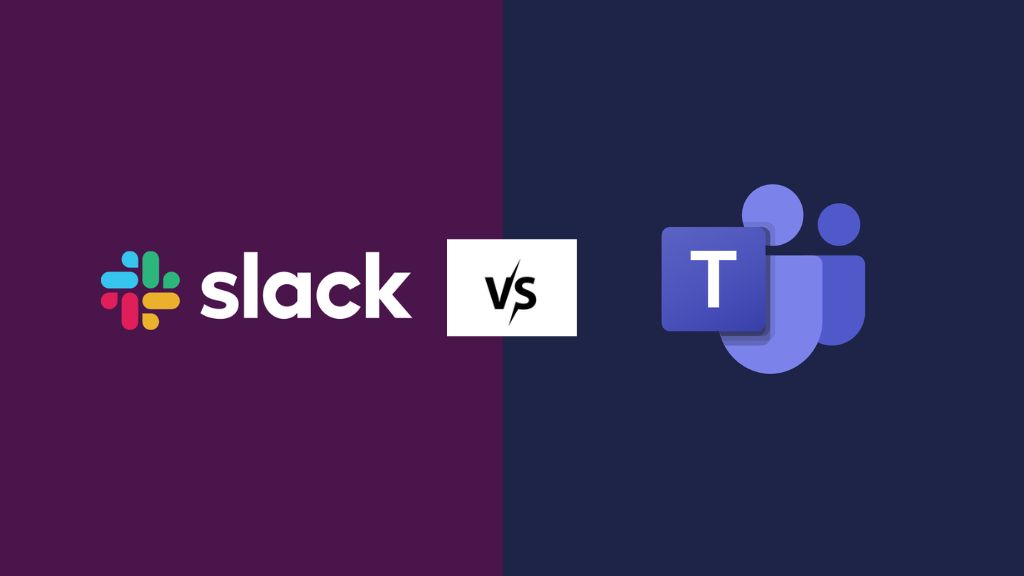
| Feature | Microsoft Teams | Slack |
|---|---|---|
| Threads | Available in channels; includes “All Threads” view. | Supports threads in any channel or conversation. |
| Combined Chats | Merges chat and channels for easier navigation. | Combines direct messages and channels, organized by topic. |
| User Interaction | Advanced replies, reactions, mentions, file sharing. | Similar, with added ease of message pinning. |
| Formatting Options | Rich text formatting (e.g., bullet points, colors). | Basic formatting focused on simplicity. |
| Search Limitations | Unlimited search for messages and files. | Free plan limits to last 10,000 messages. |
| App Integrations | Seamless with Microsoft 365 apps. | Extensive with over 2,000 third-party apps. |
While Slack’s established threading mechanism allows for threaded conversations across channels, Microsoft Teams’ current limitations restrict threads to channels only. Teams also support richer text formatting, allowing for lists, fonts, and color customizations, offering more flexibility than Slack’s simpler interface.
Microsoft’s Race to Catch Slack
Since its launch in 2017, Microsoft Teams has consistently evolved to meet the changing needs of digital collaboration. Its entry into the market was seen as a direct challenge to Slack, which had gained momentum with a focus on ease of use and third-party integrations. By integrating Teams into its Microsoft 365 suite, Microsoft capitalized on the popularity of its broader software ecosystem, accelerating Teams’ growth, especially during the COVID-19 pandemic when remote work became the norm.
This accelerated growth did not come without scrutiny. In 2023, the European Commission initiated an antitrust investigation, examining Microsoft’s strategy of bundling Teams with Office 365. In response, Microsoft agreed to make Teams a standalone offering within the suite, a move that raised questions about its impact on Teams’ user base and the competition with Slack.
Competitive Landscape and Strategic Moves
Slack remains popular among smaller teams and tech startups, while Teams, buoyed by Office 365 integration, has a substantial user base in larger enterprises. Microsoft Teams reported over 300 million monthly active users as of July 2023, compared to Slack’s 18 million—a statistic that highlights the widening gap between the platforms, particularly in enterprise settings.
Microsoft’s emphasis on creating a more robust tool with advanced video conferencing capabilities and integration with Office 365 applications has allowed it to attract companies aiming to streamline their tech stack and cut costs. By offering Teams as a multifunctional platform, organizations can consolidate messaging, conferencing, and file-sharing needs under one umbrella.
Slack, acquired by Salesforce in 2021, aims to maintain its lead in usability and integration capabilities, though it faces challenges in capturing larger organizations as Teams continues to evolve and expand its feature set.
Outlook and Market Impact
With these updates, Microsoft Teams is reinforcing its position in the collaboration software market, appealing to larger organizations that prioritize integration with existing software. In addition, the enhanced threaded conversations and combined chat view could improve workflows, allowing users to collaborate in a more seamless, organized manner.
These changes are likely to strengthen Microsoft’s foothold in the collaboration market, but Slack’s enduring popularity in smaller teams indicates that the rivalry is far from over. For now, both platforms continue to innovate, with each aiming to capture the ever-expanding market for digital collaboration tools.
